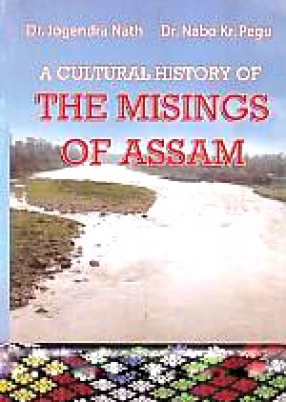The welfare role of the state has allowed the bureaucracy to venture into new areas of regulation, and consequently, to assume a leviathanian role in the modern society. But, what is the cost of this bureaucratic intervention? Is regulation cost effective to the society? With these questions as the bases of analysis, this book examines the outcome of the forest policy process in India. An analysis of the forest policy indicates that the realization of the deforestation problem occurred as early as in the 1860s. since then, the government has been relying on the regulatory capabilities of the bureaucracy to control the sources of deforestation. Regulations, it is argued, are necessary to restrict the destructive use of forests by the people, especially the forest-dwellers. Contrary to this argument, environmentalists blame the corrupt, and selfish behaviour of bureaucrats for the damage done to the forests. Despite of an extensive legal network, nation continues to lose more than one million hectares of forests each year. This book provides an statistical analysis of the causes of deforestation in India states. After assessing the influence of several independent variables-political, economic, bureaucratic, and demographic-on deforestation, the study concludes that the bureaucracy, indeed, has failed in its regulatory role.

Forests: The People and the Government
In stock
Free & Quick Delivery Worldwide
reviews
Bibliographic information
Title
Forests: The People and the Government
Author
Edition
1st ed.
Publisher
ISBN
8185135398
Length
xiv+133p., Figures; Tables; Bibliography; Index; 23cm.
Subjects





There are no reviews yet.